#Omocestus viridulus
Text
Trying to figure out the exact species of the JATGP bugs (and also cool bug facts!)
(Warning: pictures of bugs)
I’m gonna start with ya boi:
Mr. Grasshopper:

First of all, I love him and I wanna be him
Grasshoppers are the only herbivores of the 6 bugs. Uh. Yeah.
Grasshoppers have camouflage! And they can fly just a little bit, but their strong hind legs do most of the work.
Since Mr. Grasshopper is green and British I’m going to infer that he is a Omocestus viridulus, AKA the common green grasshopper

Literally the same guy.
The common green grasshopper is from Britain, and, like the name suggests, common. Very common, in fact. I think they’re like the second most common grasshopper in Britain (most common one isn’t green)
Mrs. Ladybug!
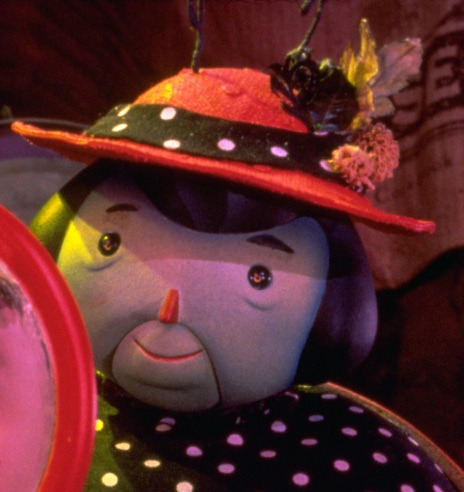
She’s so sweet msmfjrjgjggjjgfjf
FIRST OF ALL, IN BRITAIN LADYBUGS ARE CALLED “LADYBIRDS”
WHICH IS STUPID BECAUSE THEY ARE NOT FUCKING BIRDS
In related news, ladybugs are actually a type of beetle. Sorry for ruining your life.
Ladybugs eat aphids and scale insects (little tiny insects idk) and also pollen and nectar. Not peaches though.
Anyways considering the fact that she is red and has black spots, I’m gonna say she’s probably a Coccinella septempunctata AKA the Seven-Spotted Ladybug. They are just THE ladybugs of all time.

Very cool. Also easy asf. These ladybugs can play dead when threatened and also they are real pretty.
Mr. Centipede:

Silly billy he’s always been my favourite especially in the book he has a goofy little smile
Centipedes are venomous and carnivores. They eat anything they can overpower with their venom. Centipedes are nocturnal, because they dry out VERY easily in the daytime. They usually either don’t have eyes or have shit eyesight. They also have no ears. They “hear” by sensing vibrations in the ground.
This one was a little bit difficult because centipedes don’t vary all that much, but I’m thinking Lithobius forficatus, AKA the garden/brown/stone centipede.
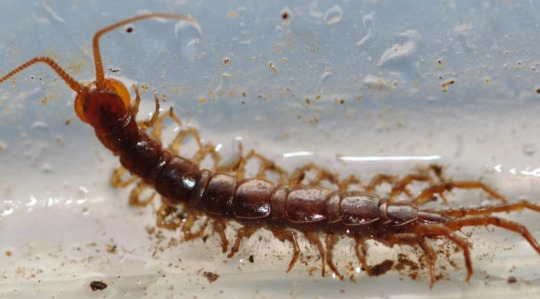
They have many names. They are also very common, especially in North America and the UK. Garden centipedes are born with 7 pairs of legs, and grow legs throughout their life, maxing out at 15 pairs of legs (they always have an odd number of leg pairs) They live under rocks, and if someone lifts those rocks, these centipedes are in luck, because they’re also very good at running. I THINK they have eyes, but if they do, their eyes can only discern light from dark.
Stone centipedes mostly eat flies, springtails, and, uh. Earthworms. But us JATGP Musical fans knew that
Mrs. Spider:
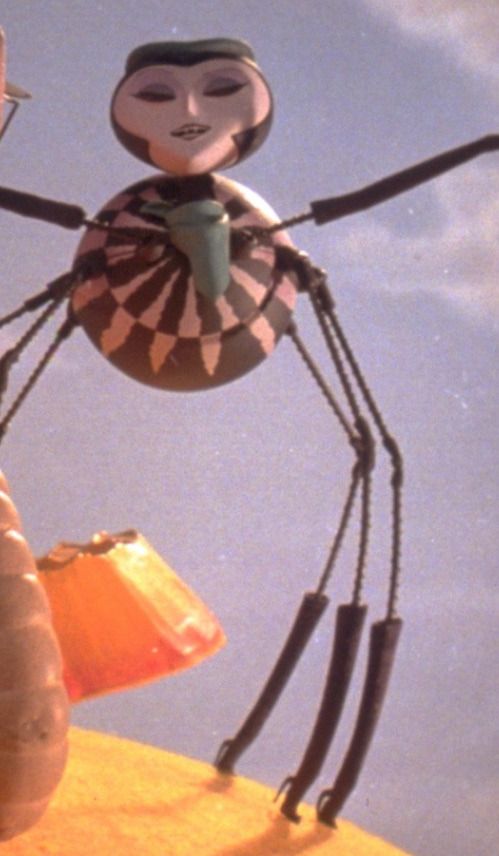
Y’all know spiders I will not explain them. Also I’m scared of spiders so I will NOT show many pictures of them *shudder*
Mrs. Spider could be literally any spider in France. The only spider that’s black with white stripes like this is a zebra spider (Salticus scenicus) and they don’t actually look like her that much. But they’re cute as fuck❤️
I wish I could show you a picture but mobile Tumblr has a maximum of 10 photos per post, but they’re really cute and fluffy.
Anyways, I feel like she’s more likely to be a Steatoda grossa, AKA Cupboard Spider, but they look more scary so I’m not gonna show photos.
But only the males are black and white.
Fuck uhh
Okayy she’s possibly an Araneus nordmanni, AKA Nordmann’s Orbweaver. They’re really scary and I wanna cry but I’ll try to describe them. Black with brown legs, weird white pattern, giant ass. These spiders do exist in France, but they are very rare. (Not just in France, but in general.) They are VERY GOOD at climbing and tend to build webs high on trees (like in a dead peach tree. Maybe with their mate.) They eat insects like gnats, flies, and wasps. Good for them. I’m still terrified.
Also female Araneus nordmanni are apparently the dominant party in the relationship so…
…yeah she’s definitely a Nordman’s Weaver.
(Edit: user @my-favorites-suffer said she looks like she could be a species of wolf spider!)
Mr. Earthworm:

OH THANK GOD I CAN STOP LOOKING AT SPIDERS AND LOOK AT THESE CUTIE PIE WORMS!!!!
Earthworms are boneless, muscleless, eyeless silly billies. They’re also hermaphrodites (male AND female at the same time) and they can regenerate parts of their bodies (not always so please don’t go around cutting worms in half) They eat fruit, fungi, and anything decaying.
So, I don’t remember the whole movie or the book, but in the musical, Earthworm speaks Spanish sometimes, and his song is vaguely Latin-esque (our director gave him a mariachi jacket for Plump & Juicy. It might not actually be Latin-esque that’s just what I’ve been told if it isn’t then oopsies) so I always thought he was from like Central America, maybe Mexico?
How did a worm get from Mexico to Britain? Guess what: Most earthworms in Mexico are invasive and from other places! Which means it could happen the other way around, but also it means that doesn’t narrow down what species of worm Earthworm is! Fuck!
He’s probably supposed to be a Lumbricus terrestris (The common European Earthworm.)
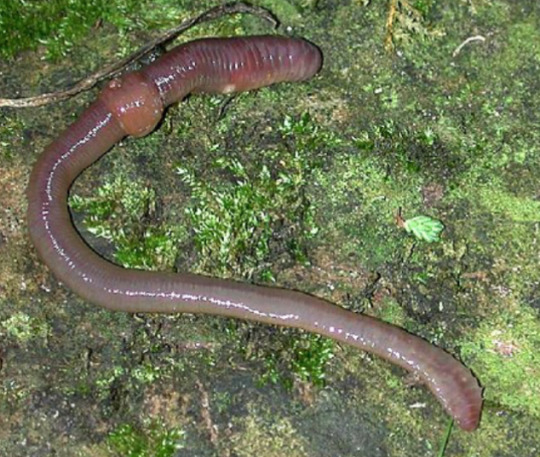
They are the most common worms. Everywhere. But other than species and location, nothing connects this earthworm to THE Earthworm.
So I propose a much funnier idea: That he is some species of Amynthas.

There isn’t enough info about the Amynthas for me to figure out exactly which species of Amynthas he probably is, but look it has a smooth white clitellum like Earthworm!!
So there are 3 reasons why I feel like Earthworm is an Amynthas. 1. Appearance. 2. They are part of the family Megascolecidae, which are the largest family of earthworms (They do say he is a big worm, although that’s probably because he’s literally human-sized)
And 3. These worms are also called Jumping worms. Because they. Uh.
They jump. When they are scared. It’s REALLY funny.
Most Amynthas are from Asia, but somehow a bunch ended up in Mexico. And now I guess one ended up in Britain. And then New York. Invasive species behaviour. (Actually a lot of the JATGP insects are invasive)
Take your pick of worm!
(Also Glowworm is a Lampyris noctiluca, AKA common glow-worm. If you even care. Nobody cares abt Glowworm. How dare you. And James is probably a human boy.)
And that is all thanks guys heart emoji
#james and the giant peach musical#james and the giant peach#insects#cool insects#grasshopper#ladybugs#centipedes#spiders#worms#glowworms#beetles
110 notes
·
View notes
Text
Omocestus viridulus (or just common green grasshopper) that I spotted on my walk!



I heard them before I saw them, naturally
#is it obvious yet that I relate to Frank Frankly?#grasshopper#insects#bugs#garden#nature#insect#bug#common green grasshopper#green#naturecore#outdoors#bugposting
15 notes
·
View notes
Text
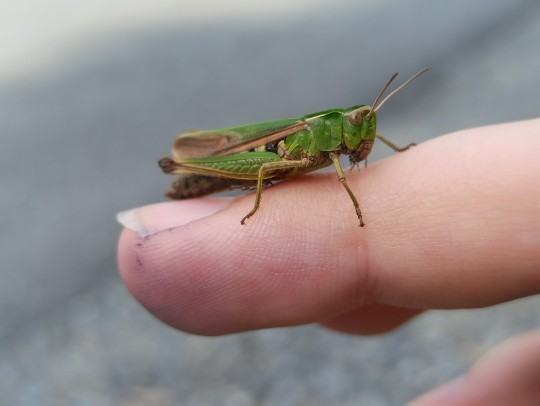

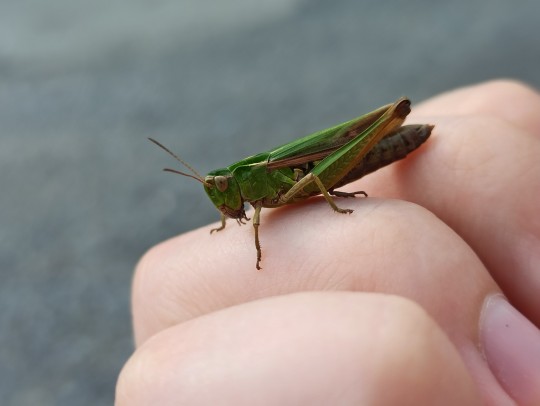
Omocestus viridulus ♀ - saranče zelená
5 notes
·
View notes
Photo

Omocestus viridulus -Common Green Grasshopper......and leaf hopper friend.
#grasshopper#common green grasshopper#omocestus viridulus#original photographers#photographers on tumblr
15 notes
·
View notes
Photo


A common green grsshopper - Omocestus viridulus. Although they have green in the name, they do like to mix it up with other colours.
107 notes
·
View notes
Photo










My August 2020 In Pictures.
(Click on a picture for a close-up and see descriptions 1-10 below.)
1. Saturday 8th August 2020 at 09:33. Borage (Borago officinalis), School Road Allotments, Hythe, Hampshire.
2. Sunday 9th August 2020 at 07:26. Sunflower (Helianthus annuus), at home, Hythe, Hampshire.
3. Saturday 15th August 2020 at 10:46. Anemone-flowered dahlia ‘Totally Tangerine’, Jones Lane Allotments, Hythe, Hampshire.
4. Saturday 15th August 2020 at 10:59. Damsons (Prunus insititia), Jones Lane Allotments, Hythe, Hampshire.
5. Saturday 15th August 2020 at 11:15. Apple (Malus domestica), Jones Lane Allotments, Hythe, Hampshire.
6. Sunday 23rd August 2020 at 09:22. Dahlia, School Road Allotments, Hythe, Hampshire.
7. Wednesday 26th August 2020 at 10:25. Preoccupied porker, West Street, Hythe, Hampshire.
8. Wednesday 26th August 2020 at 10:35. Common green grasshopper (Omocestus viridulus), West Street Allotments, Hythe, Hampshire.
9. Friday 28th August 2020 at 09:33. Footbridge, Southampton Central Railway Station, Hampshire.
10. Sunday 30th August 2020 at 10:07. Chard (Beta vulgaris subsp. vulgaris, Cicla-group and Flavescens-group), School Lane Allotments, Hythe, Hampshire.
To read about My August 2020 In Pictures, click on the link below:-http://susanvale.blogspot.com/2020/08/my-august-2020-in-pictures.html
To read about Borage (Borago officinalis), click on the link below:-https://www.rhs.org.uk/plants/57301/i-borago-officinalis-i/details
To read about Sunflowers (Helianthus annuus), click on the link:-https://www.rhs.org.uk/Plants/105515/Helianthus-annuus/Details
To read about Damsons (Prunus insititia), click on the link below:-https://www.rhs.org.uk/Plants/57371/Prunus-insititia-(F)/Details
To read about the Common green grasshopper (Omocestus viridulus), click on the link:- https://en.wikipedia.org/wiki/Omocestus_viridulus
To read about Southampton Central Railway Station, click on the link:- https://en.wikipedia.org/wiki/Southampton_Central_railway_station
To read about Hythe, Hampshire, click on the link below:-https://en.wikipedia.org/wiki/Hythe,_Hampshire
3 notes
·
View notes
Text
i’ve finally, after 13 years of living here, positively identified the two species of grasshopper I’ve been seeing every summer. immediately made a note of it on my google sheets ID guide & noted what their songs sound like to me bc I swear i’ve tried to ID these guys so many times over the years and well, I probably got it wrong anyway but I’ve always forgotten what I ID’d em as. the problem with grasshoppers is that pretty much every British species can be either green or grey-brown, FUCK variable species >:( but I’ve definitely got it now, hurrah!
(they’re the grey-brown form of Myrmeleotettix maculatus, known to me as ‘the one that says “bzz. bzz. bzz”’, and Omocestus viridulus, known to me as ‘the one that says “tickticktickticktickticktickticktick”’)
#and believe me i have been attempting to id them since we moved here and i was like 9#with the same insect id book i still use now#n othing has changed i still spend my summers trying to catch grasshoppers and other bugs#draco speaks
1 note
·
View note
Text

Omocestus viridulus - Gafanhoto-verde - Green grasshoper
#nikonglobal#nikongallery#nikon#nikond3300#omocestusviridulus#minimalistcomposition#minimalistphotography#gafanhoto#gafanhotoverde#grasshopper#insectphotography#nikoneurope#nikonportugal
2 notes
·
View notes
Photo

Common Green Grasshopper II - Omocestus viridulus. by EncroVision https://ift.tt/3h1Qwmj
0 notes
Photo

Common Green Grasshopper II - Omocestus viridulus. by EncroVision https://ift.tt/3h1Qwmj
0 notes
Photo

Common Green Grasshopper II - Omocestus viridulus. by EncroVision
0 notes
Photo

Te haz preguntado por qué dibujas? Por qué pintas? Que te lleva a hacerlo? Cuál es tu motivación? Cuál es tu propósito con el arte? Cuéntame qué te inspira?🤓 🍃 Últimamente el amor por los insectos es más profundo... No te pasa que cuando te adentras más y más en algo en específico, terminas queriéndolo y valorándolo aún más❤️... 🍃 Eso me pasa con la naturaleza, una de las razones por la cual la pinto 👩🏽🎨! 🍃 Acá les dejo este saltamontes verde común “Omocestus viridulus” que hice en mi mini bitácora... 🍃 Feliz miércoles!!! #inspiracionentodoslados . . . . . #inspirationeverywhere #botanicalillustration #ilustracionbotanica #naileasarait #watercolorbotanical #botanicalwatercolor #watercolorpainting #aquarela #acuarela #watercolor #watercolour #ilustracionnaturalista #Omocestusviridulus #saltamontes #insectos #insect (at Bogota D.C) https://www.instagram.com/p/CEWssqyDjQ-/?igshid=1ija5fb61wpho
#inspiracionentodoslados#inspirationeverywhere#botanicalillustration#ilustracionbotanica#naileasarait#watercolorbotanical#botanicalwatercolor#watercolorpainting#aquarela#acuarela#watercolor#watercolour#ilustracionnaturalista#omocestusviridulus#saltamontes#insectos#insect
0 notes
Photo

A grasshopper, perhaps it’s a male Omocestus viridulus/grön ängsgräshoppa.
115 notes
·
View notes
Photo

Common green grasshopper Omocestus viridulus tend to be green all over, but some may have brown coloration on the sides. In Scandinavia, they tend to have either a green or light brown colour. The males do not have any red coloring on the abdomen and possess a noticeably long ovipositor, characteristics that help distinguish it from the similar species O. body length is 17–20 millimetres (0.67–0.79 in).They possess a strongly darkened region of the hind wing. Feeding - O. viridulus feeds on grass from the genera Dactylis, Agrostis, Anthoxanthum, Lolium and Holcus. Camera settings - using nikon d3500 70-300mm kit lense 180mm f/6.3 sutter speed 1/250 ISO 400 No flash used #grasshopper #animal #imnikon #nikon #nikond3500 #nikon3500 #photograph #photooftheday #naturephotography #nature #wildlifephotography #wild #wildlife #neral #matheran #dscvrwithlenses#JustGoShoot #InstaGoodMyPhoto #InstaPhoto #grasses #gras #grasshoppertattoo #grasshopper3d #green #leaves #arunsivanphotography #life #sudhirshivaramphotography (at India) https://www.instagram.com/p/B3QtBlLHqyc/?igshid=18ckmjhd6ohbs
#grasshopper#animal#imnikon#nikon#nikond3500#nikon3500#photograph#photooftheday#naturephotography#nature#wildlifephotography#wild#wildlife#neral#matheran#dscvrwithlenses#justgoshoot#instagoodmyphoto#instaphoto#grasses#gras#grasshoppertattoo#grasshopper3d#green#leaves#arunsivanphotography#life#sudhirshivaramphotography
0 notes
Photo
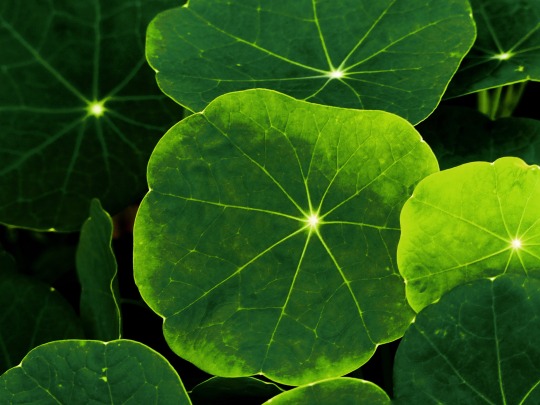

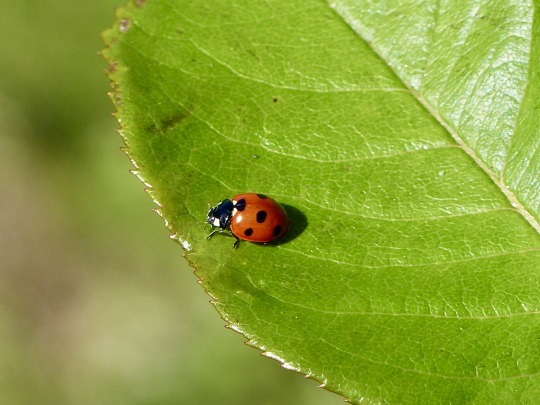
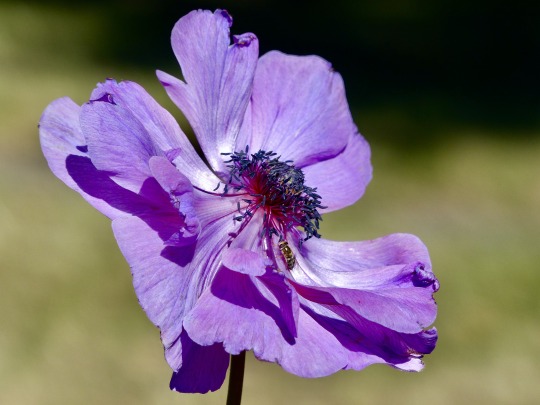

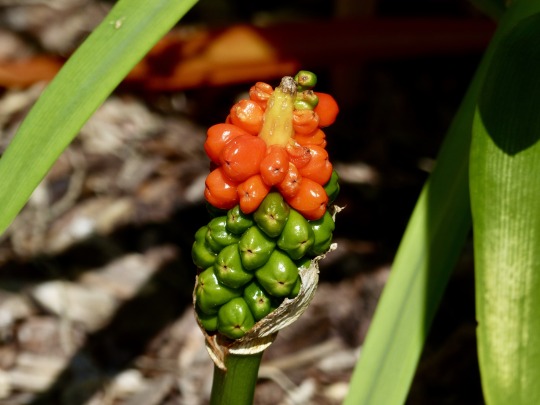


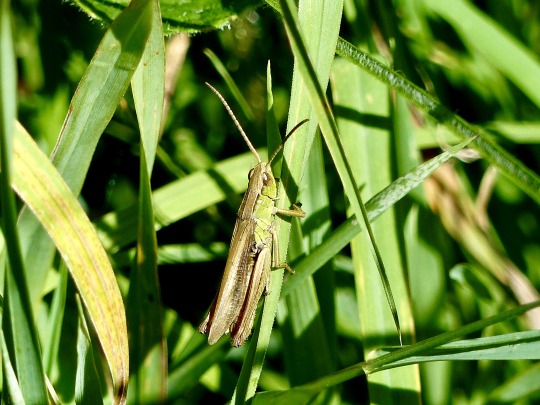
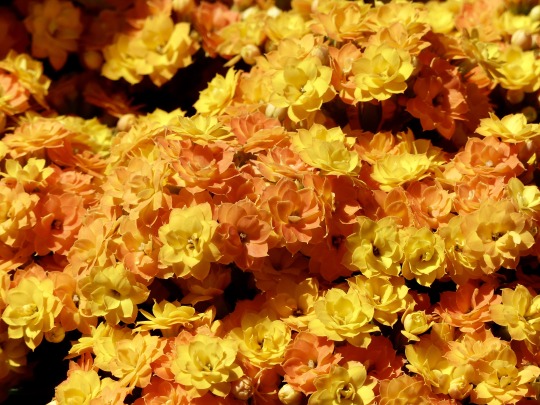
My July 2020 In Pictures.
(Click on a picture for a close-up & see descriptions 1-10 below.)
1. Wednesday 1st July 2020 at 07:40. Nasturtium leaves (Tropaelum majus), at home, Hythe, Hampshire.
2. Sunday 5th July 2020 at 17:04. Pelargonium, at home, Hythe, Hampshire.
3. Tuesday 7th July 2020 at 09:14. Seven-spot ladybird (Coccinella septempunctata), The Grove Garden, Hythe, Hampshire.
4. Saturday 11th July 2020 at 09:10. Garden anemone / poppy anemone (Anemone coronaria), Hythe, Hampshire.
5. Sunday 12th July 2020 at 17:28. Sweet peas (Lathyrus odoratus), at home, Hythe, Hampshire.
6. Thursday 16th July 2020 at 15:15. Lords and ladies (Arum maculatum), Pylewell Road, Hythe, Hampshire.
7. Monday 20th July 2020 at 09:39. Common red soldier beetle (Rhagonycha fulva), Hythe Marina, Hampshire.
8. Monday 20th July 2020 at 10:14. Wild carrot (Daucus carota), Hythe Marina, Hampshire.
9. Monday 20th July 2020 at 10:23. Common green grasshopper (Omocestus viridulus), Hythe Marina, Hampshire.
10. Tuesday 21st July 2020 at 11:03. Begonias, High Street, Hythe, Hampshire.
To read about My July 2020 In Pictures, click on the link below:-http://susanvale.blogspot.com/2020/07/my-july-2020-in-pictures.html
To read about Nasturtiums (Tropaelum majus), click on the link below:-https://en.wikipedia.org/wiki/Tropaeolum
To read about Seven-spot ladybirds (Coccinella septempunctata), click on the link:- https://en.wikipedia.org/wiki/Coccinella_septempunctata
To read about the Garden anemone (Anemone coronaria), click on the link:- https://en.wikipedia.org/wiki/Anemone_coronaria
To read about Sweet peas (Lathyrus odoratus), click on the link below:-https://en.wikipedia.org/wiki/Sweet_pea
To read about Lords and ladies (Arum maculatum), click on the link:- https://en.wikipedia.org/wiki/Arum_maculatum
To read about Common red soldier beetles (Rhagonycha fulva), click on the link:- https://www.wildlifetrusts.org/wildlife-explorer/invertebrates/beetles/common-red-soldier-beetle
To read about Wild carrots (Daucus carota), click on the link below:-https://www.plantlife.org.uk/uk/discover-wild-plants-nature/plant-fungi-species/wild-carrot
To read about the Common green grasshopper (Omocestus viridulus), click on the link:- https://en.wikipedia.org/wiki/Omocestus_viridulus
To read about Hythe, Hampshire, click on the link below:-https://en.wikipedia.org/wiki/Hythe,_Hampshire
1 note
·
View note